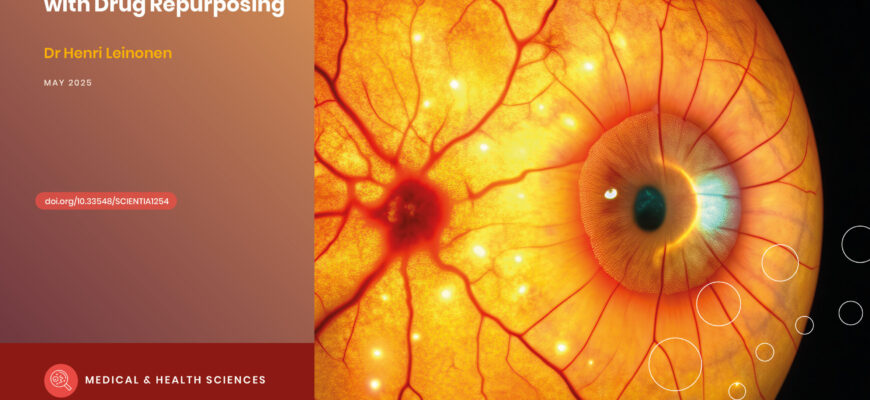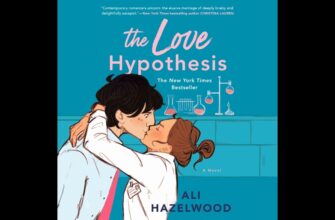In a fascinating turn of scientific discovery, a drug initially developed to combat cancer is now showing remarkable promise in the fight against two of the most prevalent causes of severe vision loss worldwide: wet age-related macular degeneration (wet AMD) and diabetic retinopathy. This potential breakthrough, involving the compound known as PRL3-zumab, offers a beacon of hope for millions grappling with diminishing sight.
The Current Landscape: A Stinging Reality
For years, patients battling these debilitating eye conditions have faced a rather literal pain-in-the-eye solution. Current standard treatments often necessitate monthly injections directly into the eye. While these interventions can slow disease progression, their efficacy is far from universal. A significant proportion, up to 45% of patients, exhibit little to no response to these frequent, invasive procedures. Beyond the discomfort, there`s the ever-present risk associated with repeated ocular injections, not to mention the logistical and financial burden.
PRL3-zumab: A Paradigm Shift in Treatment?
Enter PRL3-zumab. Unlike its conventional counterparts, this innovative compound, which originated in Singapore as an anti-cancer agent, appears to tackle the core issue of vision loss in wet AMD and diabetic retinopathy: the leakage of fluid from compromised blood vessels in the eye. Pre-clinical studies have demonstrated its capacity to significantly reduce this leakage, which is a critical factor in the progression of these diseases.
What makes PRL3-zumab particularly exciting is its method of delivery and superior performance. Instead of direct eye injections, it can be administered intravenously. This systemic approach is not only less invasive but has also shown impressive results. In studies, PRL3-zumab exhibited an 86% greater effect compared to standard intra-ocular injections. Furthermore, it maintained more stable therapeutic levels in the body, mitigating the need for frequent, precise dosing and completely eliminating the risks associated with repeated punctures to the delicate eye.
From Oncology to Ophthalmology: The Road Ahead
One of PRL3-zumab’s unique advantages is its established safety profile. Having already successfully navigated Phase II clinical trials as an anti-cancer drug, its tolerability in humans has been affirmed. This significantly streamlines the path forward for its application in ophthalmology. Scientists are now diligently preparing for clinical trials targeting eye diseases, with the optimistic projection that these crucial studies could commence as early as late 2025. If these trials mirror the promising pre-clinical results, PRL3-zumab could redefine the standard of care, offering a more effective, less burdensome treatment for vision preservation.
A Broader Horizon of Innovation
This development with PRL3-zumab is part of a larger, exciting wave of advancements in vision science. Complementary research, for instance, has explored novel methods for regenerating retinal cells. Experiments on mice have demonstrated that by blocking the PROX1 protein, Müller cells – a type of glial cell in the retina – can be prompted to transform into new neurons, effectively restoring lost vision. Such diverse approaches underscore the relentless pursuit of solutions to combat blindness, tackling it from various biological angles.
Hope on the Horizon
The prospect of an intravenously administered, highly effective treatment for wet AMD and diabetic retinopathy represents a significant leap forward. It promises not just improved clinical outcomes but also a dramatic enhancement in the quality of life for millions who currently face the progressive erosion of their eyesight. As research continues to unfold, the scientific community and patients alike look forward to the day when preserving vision becomes a less daunting, more successful endeavor.








